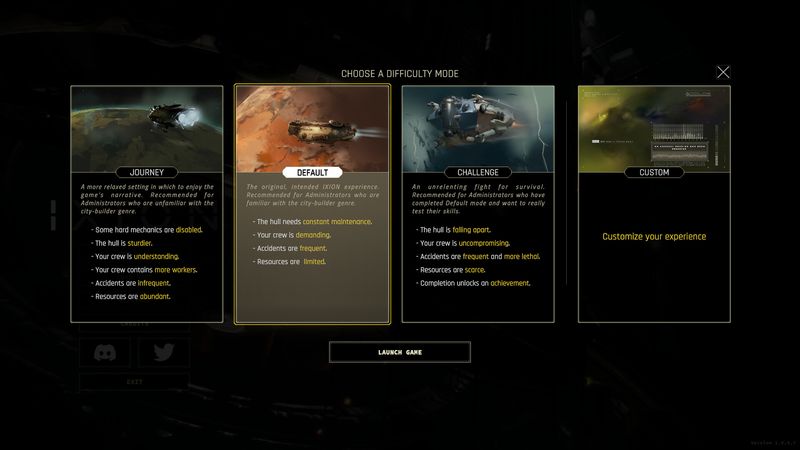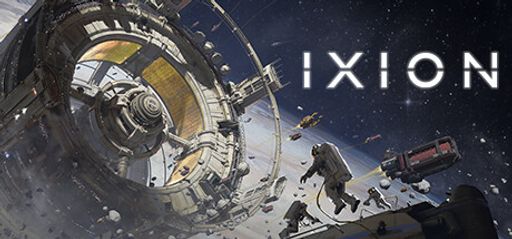I have always been drawn to games that demand meticulous planning and strategic mastery. IXION by Bulwark Studios promised an unrelenting city-building journey across the stars. As the Administrator of the Tiqqun, DOLOS’ prototype space station, I embraced the challenge of balancing preservation with exploration. After many hours managing infrastructure, resources, and an unconventional crew, I have several impressions to share.
Overall Impression
IXION starts with a promising foundation. The ambition is evident in the detailed simulation of a sprawling space station. The game often reminded me of the best city-builders in the genre, even evoking comparisons with Frostpunk and Homeworld in certain moments. However, while the idea resonates with fans of meticulous planning, the overall execution sometimes falters, particularly as the game transitions from early growth to more complex logistical puzzles.
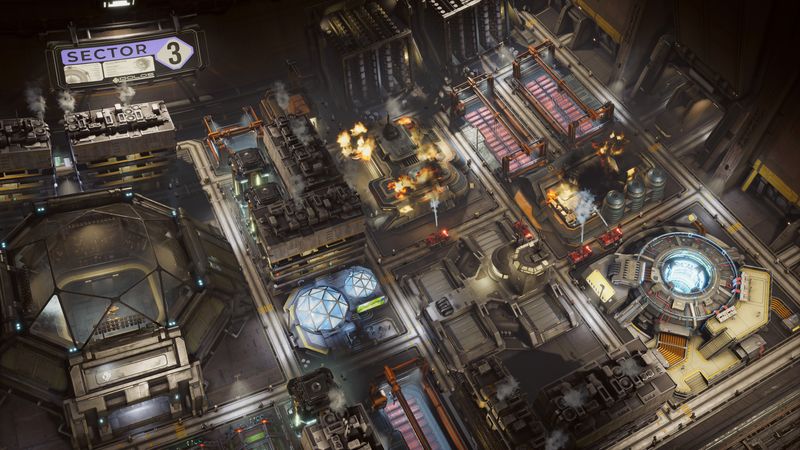
I was particularly impressed by the early stages of the game. The initial phase presents an opportunity to shape the station with a “wide” focus. During this period, building districts and managing resources feels intuitive and engaging. I enjoyed the creative freedom to form my station while keeping the flame of humanity alight in the cold dark reaches of space. This phase lets you approach the challenge like a warm-up for a puzzle that gradually gets more complex. I collected every achievement, explored each side quest, and delighted in every small detail that contributed to the immersive atmosphere.
However, the mid to late game experiences left me with mixed feelings. As you progress, the focus shifts from a “wide” and broad approach to one that demands building “tall.” This shift should ideally feel like a natural progression in complexity. Instead, it becomes a lesson in frustration. In one of my sessions, I found myself repeatedly rearranging buildings to upgrade them. The necessity to demolish existing housing blocks, displace civilians, and reassemble critical logistics left me with a sense of tedium. One user aptly summarized this sentiment by questioning the need for inefficient upgrading methods. I admit that these moments felt unnecessarily laborious, especially when you know that a streamlined upgrade system exists in many modern city-builders.
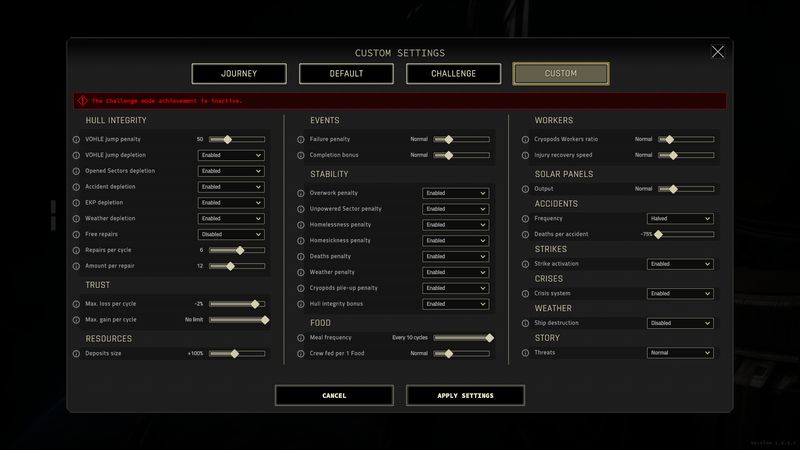
Gameplay Mechanics
Gameplay mechanics in IXION offer a fascinating mix of structure and micromanagement. Bulwark Studios has crafted a system that balances the dual challenges of resource allocation and spatial planning. I appreciated the layers of strategy involved in fielding crew, preserving human lives, and optimizing station layout. Yet, the intricacies of the non-worker crew and resource management often detract from the overall enjoyment. The lack of hot swapping for upgrading buildings stands out as a key issue that disrupts the city-building rhythm. My crew worked tirelessly, but the game occasionally penalized me for inefficient planning through cumbersome processes that felt out-of-character for a space station simulation.
Story and Characters
The narrative presents its own set of intriguing ideas. The game weaves events and character interactions into the fabric of the space station’s daily management. I found these episodic story elements to be a pleasant surprise. Reading event logs was akin to reading chapters in an unfolding galactic drama. The narrative drew me in layer by layer, even though it sometimes felt secondary to core gameplay mechanics. The characters and crew are primarily defined by their roles and the challenges they face, and to a certain extent, they become mere instruments for your strategy. I yearned for deeper personal stories and more meaningful interactions among the crew members. Nonetheless, the story manages to anchor players in its world, even if it does not quite reach the memorable heights I have encountered in other narrative-driven city-builders.
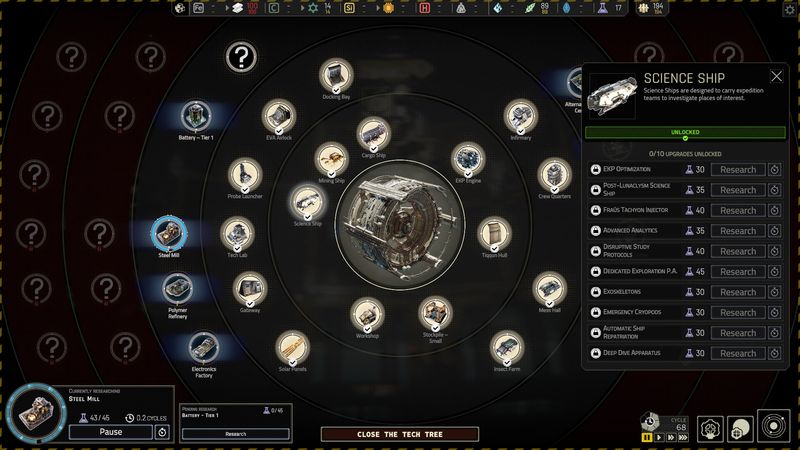
Visuals and Graphics
Visually, IXION embraces a distinctive style that reinforces its theme. The art direction highlights the bleak, unforgiving nature of space. The station’s design feels robust, with detailed modules and compartments that each serve a specific purpose. I appreciated how the aesthetics combined futuristic technology with everyday building concerns. The graphical style may not revolutionize the city-building genre, but it certainly does justice in evoking a sense of isolation and duty among your crew. Every visual element, from the intricate facade of the space station to the subtle lighting effects, contributes to the overall tone. The visuals work hand in hand with the narrative to remind you that your mission is anything but trivial.
Sound and Music
Sound and music are often overlooked in the hustle of game mechanics, yet IXION does offer notable contributions in this area. The ambient soundtrack underscored every decision I made. The music occasionally soared during moments of triumph and reflected the tension during logistical crises. I found that the sound effects harmonized with the game’s world, especially during resource transfers and construction sequences. While the game does not boast an all-star voice acting cast, the narration and digital dialogue were serviceable enough to maintain immersion. The audio design ultimately enhanced the experience, even when other aspects of the game could be more polished.
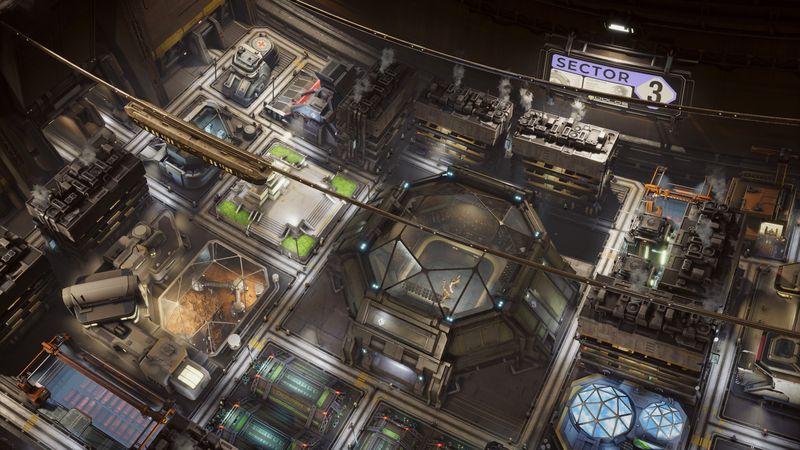
Difficulty and Replayability
IXION’s difficulty and replayability echo the divide between promise and execution. The early game offers a buoyant sense of discovery that encourages experimentation and long-term planning. In later stages, however, the challenges sometimes feel forced. The shift to a denser, more micromanaged gameplay loop can dissuade players who seek a smooth progression. On one hand, the game continues to offer achievements and secrets hidden in various corners of the station. For a completionist like me, this meant countless hours spent optimizing layouts and uncovering every collectible. On the other hand, the steep learning curve and occasional clunkiness prompt many players to abandon their stations before reaching full potential. Many user reviews reflect this sentiment, suggesting that while the game is excellent in concept, its execution could use refinement.
Final Thoughts
From my detailed exploration, I conclude that IXION represents both the potential and pitfalls of modern city-building games. Bulwark Studios and Kasedo Games deserve credit for their ambition and attention to thematic detail. The game captures the relentless pursuit to keep humanity alive in a harsh environment. However, some of the design decisions—especially those affecting the advanced phases of play—hinder an otherwise rewarding experience. With a few gameplay tweaks and a smoother upgrade process, IXION could have reached the heights of its inspirations like Frostpunk or Homeworld.
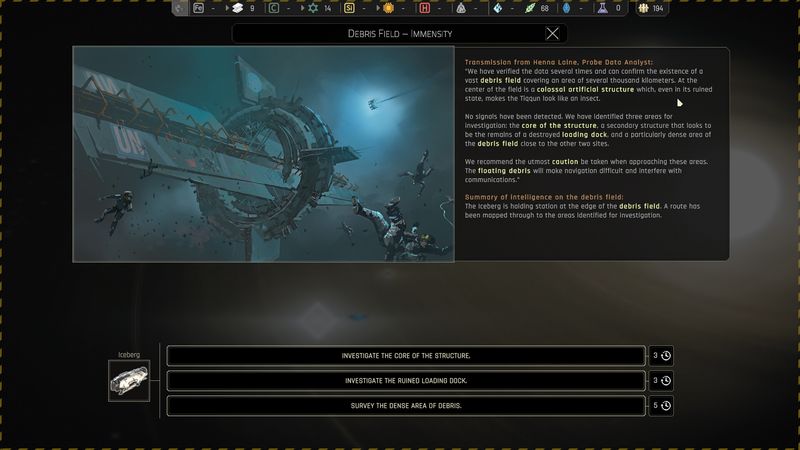
I award IXION 3.5 out of 5 stars. The game is an intriguing blend of high stakes and strategic depth. It entices with its narrative and detailed station management. Yet, the gameplay mechanics, particularly in the later stages, lower the overall experience for those who crave perfection in every element. For diehard fans of city-builders who also appreciate challenges and hidden details, IXION remains worth exploring. However, for those seeking a seamless, less frustrating experience, it may prove to be an arduous journey.
Every stone is turned when I immerse myself in these games. I cherish the intricate details and hidden nuances that challenge my skills and strategies. IXION succeeds in rewarding a careful, deliberate approach. It is a title that will continue to spark discussions and debates among fellow gamers who seek to complete every facet of a game. I look forward to watching Bulwark Studios refine and evolve their next projects. For now, IXION stands as a commendable, if imperfect, addition to the genre—a bold voyage into the void with humanity’s survival hanging in the balance.
